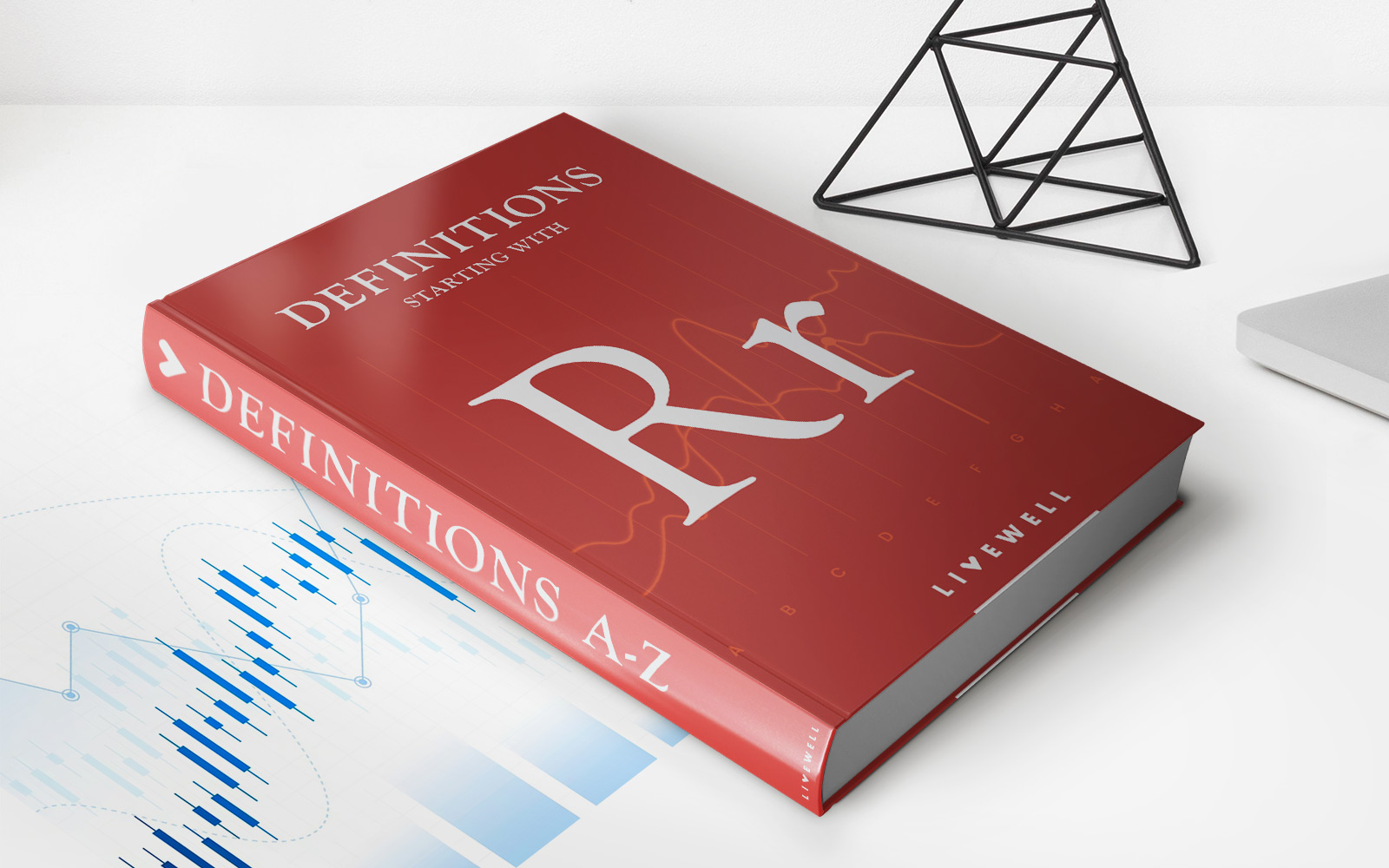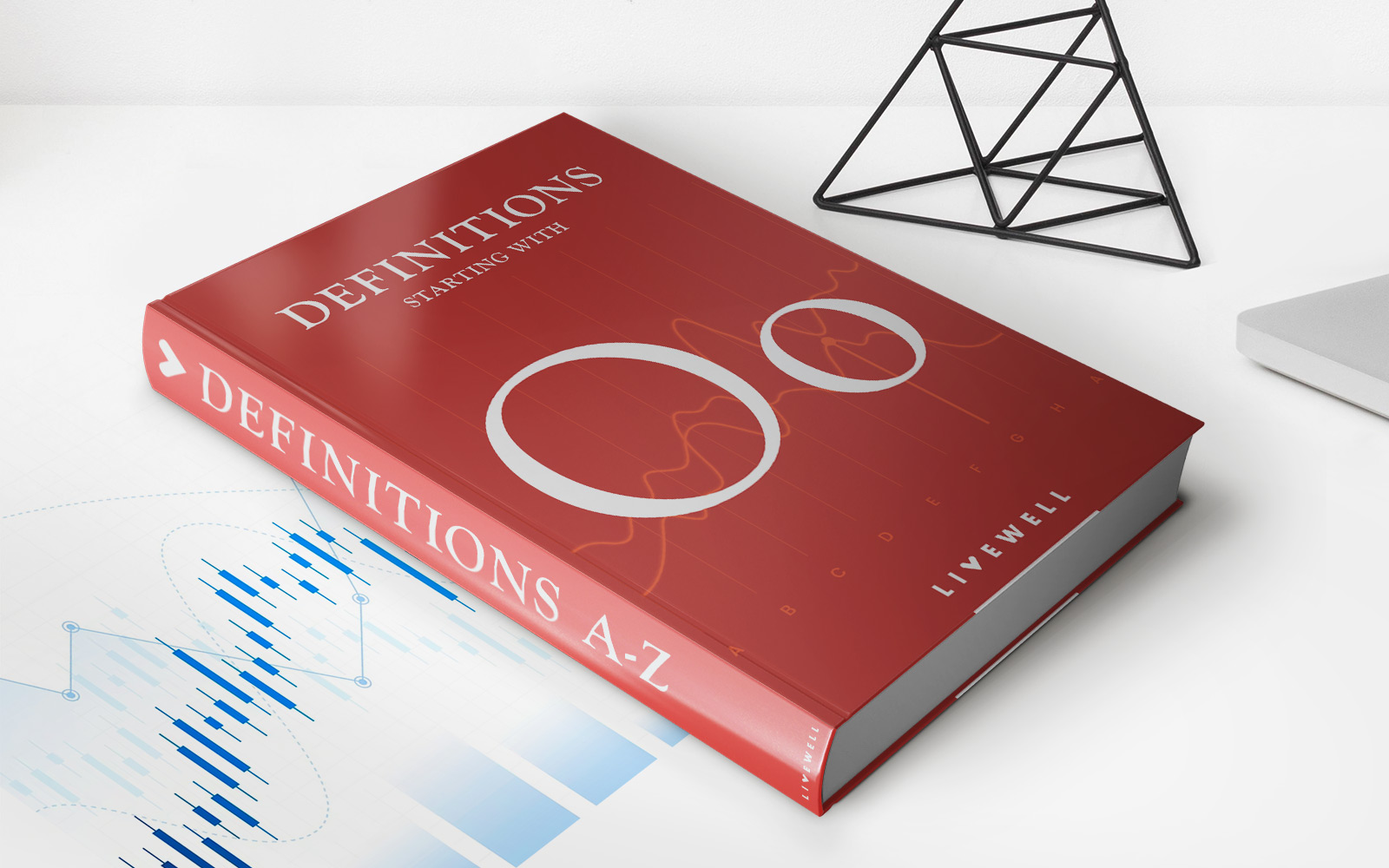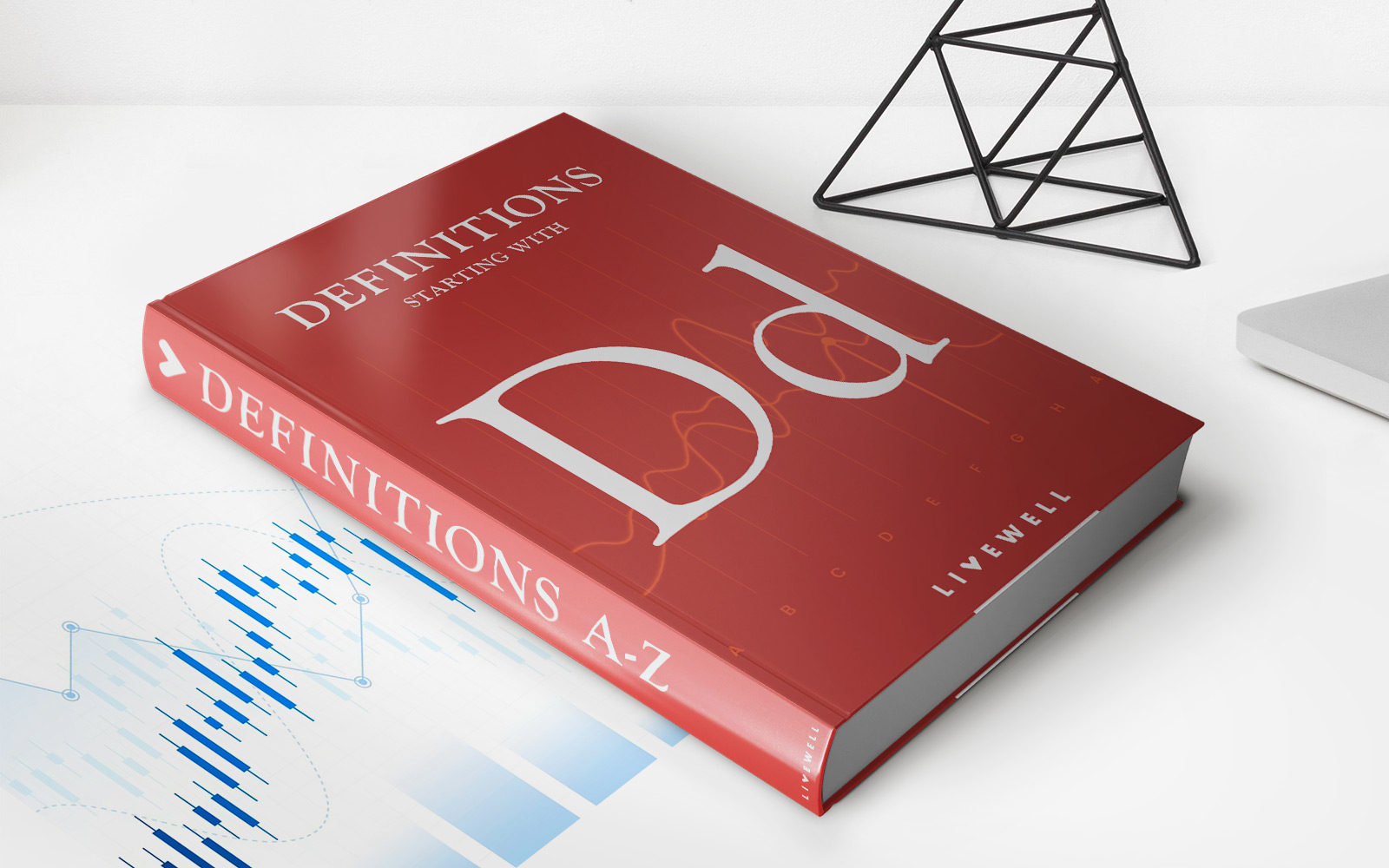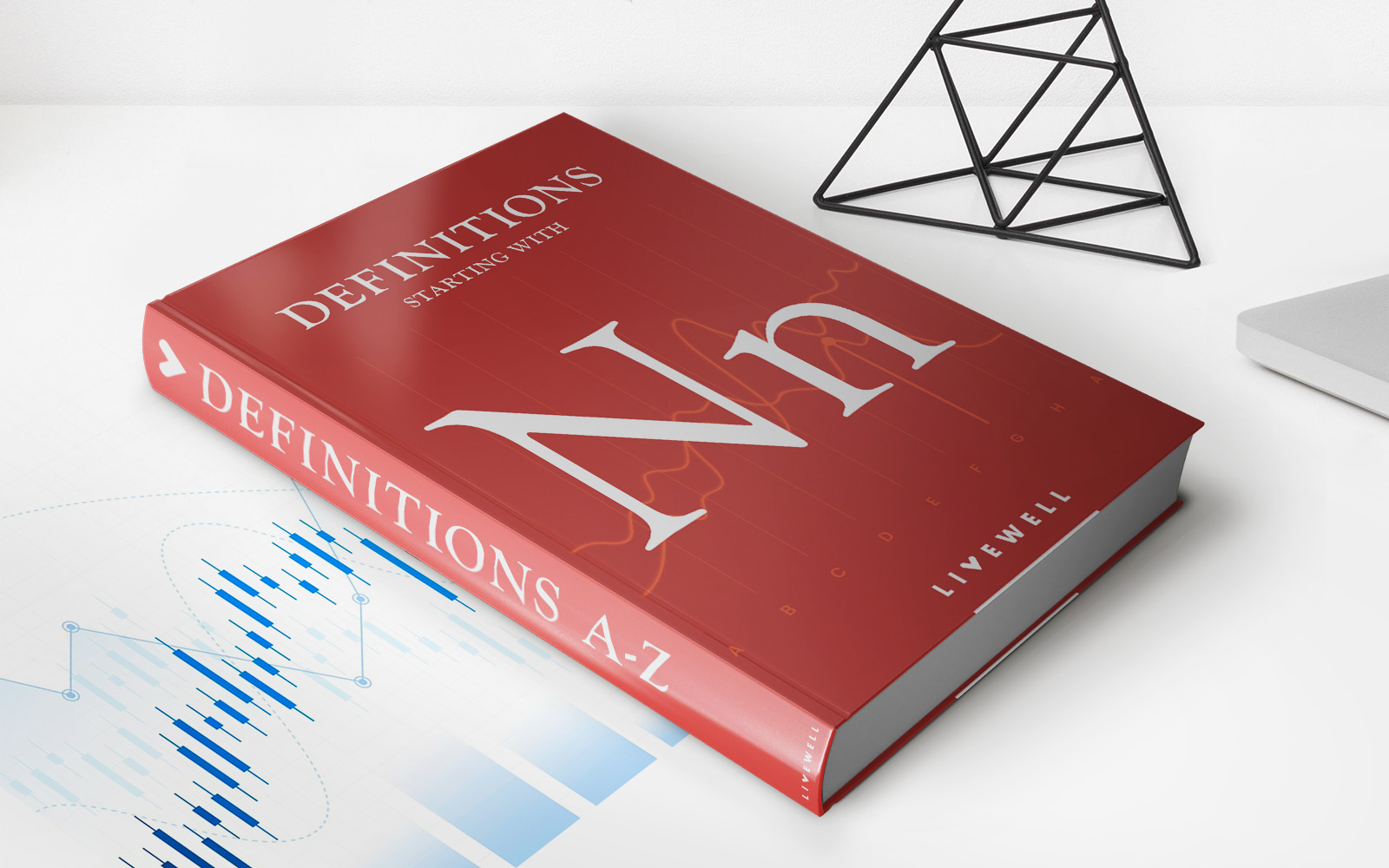Home>Finance>Shortage: Definition, What Causes It, Types, And Examples
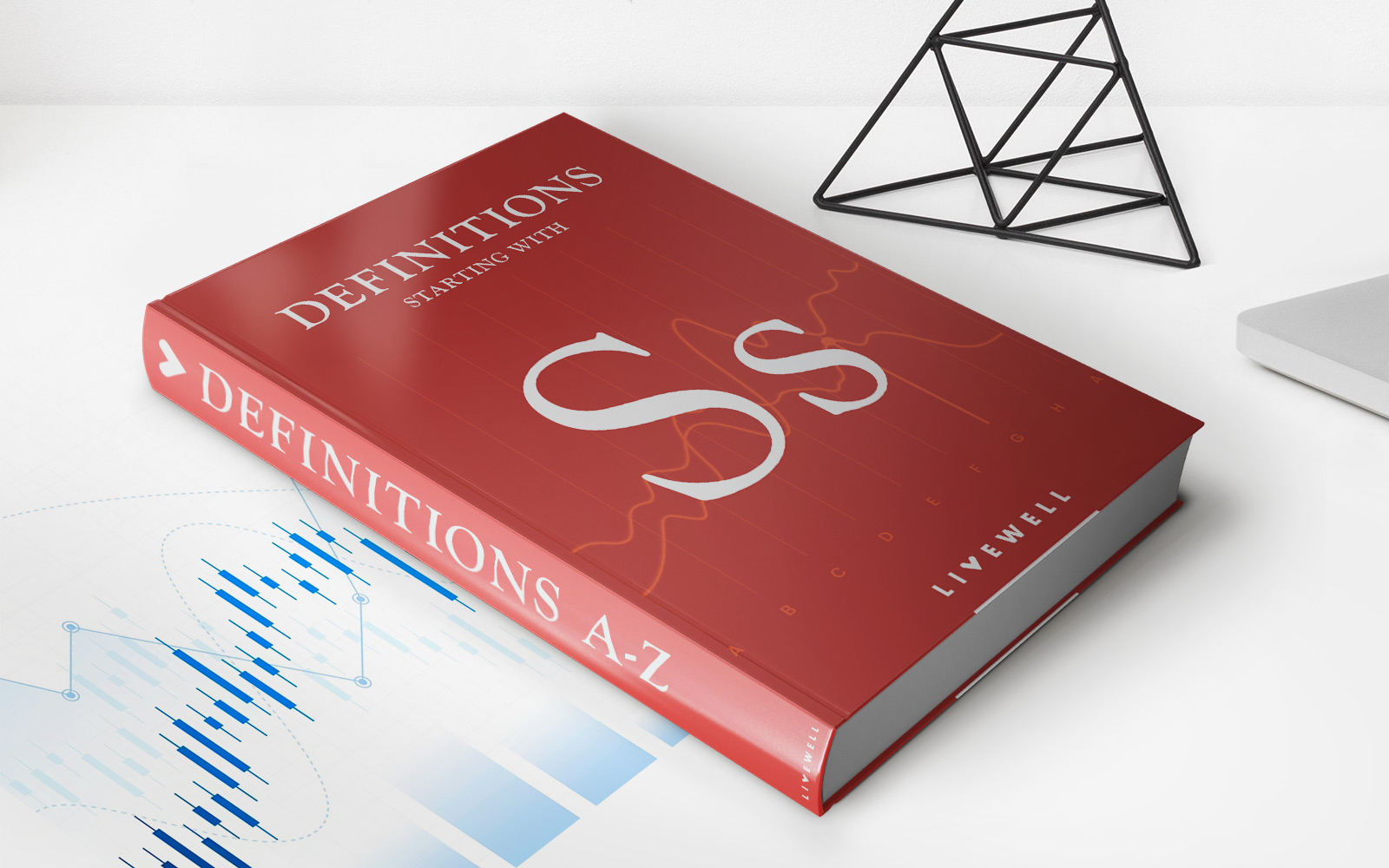

Finance
Shortage: Definition, What Causes It, Types, And Examples
Published: January 28, 2024
Learn about the definition, causes, types, and examples of finance shortages. Explore the impact of financial scarcity and strategies to overcome it.
(Many of the links in this article redirect to a specific reviewed product. Your purchase of these products through affiliate links helps to generate commission for LiveWell, at no extra cost. Learn more)
Shortage: Definition, What Causes It, Types, and Examples
Welcome to our finance category where we provide valuable insights on various financial topics. In this blog post, we will delve into the concept of shortage, exploring its definition, causes, types, and providing relevant examples. Whether you’re a student studying economics or someone eager to enhance their financial understanding, this article will shed light on this intriguing aspect of the economy.
Key Takeaways:
- Shortage refers to a situation where the demand for a particular good or service exceeds its available supply.
- Causes of shortage can include supply disruptions, unexpected increase in demand, government regulations, natural disasters, or production inefficiencies.
Now that we have our key takeaways, let’s dive deeper into the topic:
What is Shortage?
A shortage, in economic terms, occurs when the demand for a product or service surpasses the available supply. Essentially, it is a situation where there is not enough of a particular item to meet the needs or desires of the market. Shortages can occur in various industries and sectors, impacting prices, consumer behavior, and overall market dynamics.
Causes of Shortage
Shortages can be caused by a myriad of factors, some of which include:
- Supply disruptions: Natural disasters, labor strikes, or disruptions in the supply chain can limit the production or delivery of goods, leading to a shortage.
- Increase in demand: Unexpectedly high demand for a product or service can deplete available supplies, especially if producers are unable to quickly adjust their production levels.
- Government regulations: Government policies, such as import/export restrictions or price controls, can create artificial scarcity and contribute to shortages.
- Production inefficiencies: Issues within the production process, such as machinery breakdowns or lack of raw materials, can hinder the ability to meet market demand.
Types of Shortage
Shortages can manifest in different ways, depending on the specific circumstances and industries involved. Some common types of shortage include:
- Product scarcity: This type of shortage occurs when there is a lack of a specific product, resulting in increased demand and potentially higher prices.
- Labor shortage: A labor shortage happens when there are not enough qualified workers available to fill available job positions, leading to potential impacts on productivity and wages.
- Service shortfall: Service shortages arise when there is an insufficient number of service providers, such as doctors or teachers, to meet the needs of the population.
Examples of Shortage
To better understand how shortages impact various sectors of the economy, let’s consider a few examples:
- COVID-19 medical supplies: During the pandemic, there was a global shortage of personal protective equipment (PPE) and ventilators due to high demand and disruptions in the supply chain.
- Housing market: In cities with booming populations and limited housing developments, there can be a shortage of affordable housing, driving up prices and creating a competitive market.
- Skills gap: In industries like technology, where the demand for skilled workers outweighs the available supply, there is often a shortage of qualified candidates, leading to increased competition for talent.
As you can see, shortages have significant implications on both micro and macroeconomic levels, influencing supply and demand dynamics, prices, and consumer behavior.
Conclusion
Shortages occur when demand exceeds supply, resulting in various impacts on the economy and specific industries. Factors such as supply disruptions, increased demand, government policies, and production inefficiencies can contribute to shortages. Understanding the causes and types of shortages allows us to analyze their effects on markets and make informed decisions. So, whether you’re a student or an avid learner, by grasping the concept of shortage, you gain valuable insights into the complex world of economics.

